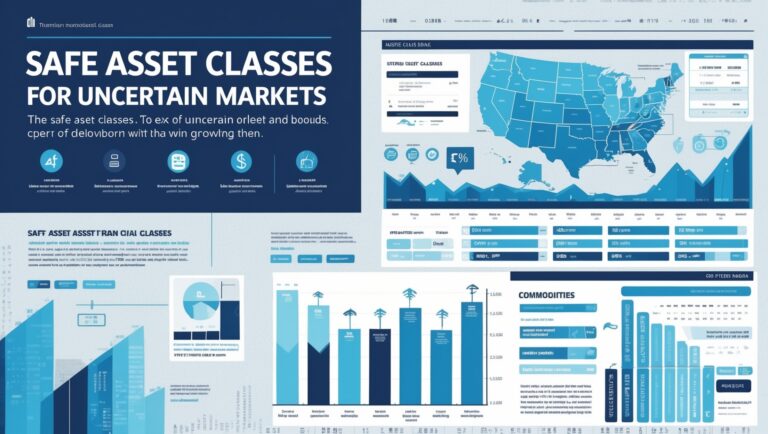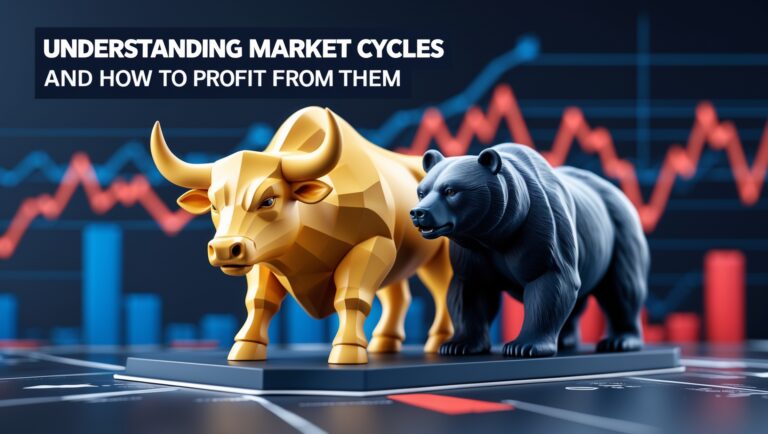How to Grow a Small Account Trading Only a Few Stocks a Week
How to Grow a Small Account Trading Only a Few Stocks a Week
When I started trading, I didn’t have a big account. I wasn’t sitting on $25,000 or getting funded. I had to make real decisions with limited capital, and every mistake cost me something important — time, energy, or money. That’s why I built a strategy that allowed me to grow a small account by focusing on just a few stocks per week — not dozens.
In this post, I’ll walk you through exactly how I trade with a small account, the rules I follow, and how I’ve used this method to create consistent results. If you’re tired of overtrading or blowing up your balance, this will give you clarity. And if you want my full process, I explain every step in my ebook “Pay Bills With Stocks”.

Table of Contents
Why Less Is More With a Small Account
Trading a small account means you don’t have room for error. You can’t afford to make five bad trades in a row or hold onto hope plays. That’s why I only trade 1–3 stocks per week — carefully chosen based on momentum, volume, and price action.
Fewer trades mean fewer chances to mess up — but they also force me to wait for only the best setups. And honestly, that made me a better trader.
I Start with Pre-Market Research
Every morning I scan for stocks with volume, news, and clean pre-market structure. I’m not just looking for hype — I’m looking for momentum that’s backed by real movement. I break this down more in my ebook, but the key here is being selective.
I build a watchlist of no more than 6 stocks and only trade the ones that meet my criteria. Some days I don’t trade at all — and that’s okay. It’s better to protect your account than to force a trade that doesn’t fit.
I Stick to One Setup Until It Works
When you’re trading a small account, jumping from one strategy to the next is dangerous. That’s why I focused on mastering one simple setup — then repeating it over and over.
For me, that setup is based on pre-market high breaks with volume confirmation. I wait for the move, watch for the retest, and if the setup confirms — I go in. If not, I stay out. Simple. And this repeatable process is how I slowly grew my account week by week.
Position Size Is Everything
Most new traders mess up their small account by going in too heavy too early. I learned to scale in small, only risking what I was okay losing. I never bet the whole account on one trade — even if it looked perfect.
Inside my ebook, I explain exactly how I size my positions and set my stop losses. That part alone helped me protect profits and avoid major blowups.
I Take Profits, Not Chances
With a small account, I’m not swinging for home runs. I look for base hits. If a stock gives me 10–15%, I take it. If it wants to run more, great — but I’m locking in something first.
I also learned to scale out — taking partial profits along the way while leaving a small runner in case the stock keeps pushing. This helped me grow my account slowly, but consistently.
I Avoid Overtrading — It Kills Small Accounts
One of the biggest reasons small traders fail is because they try to trade all day, every day. I used to do that too. But over time, I realized that my best trades happen within the first 90 minutes of the market — and that’s it.
Now I focus on one or two solid entries a week and leave the rest. That’s how I stay sharp and protect my mental capital.
Trading With a Small Account Builds Discipline
When you don’t have the luxury of taking big losses, you’re forced to become disciplined. You plan your entries. You wait for confirmation. You avoid emotional decisions.
This type of trading builds habits that will serve you for life. Whether your account is $500 or $50,000, the same rules apply. I built these habits trading small — and they’re the same ones I use today.
I Track Every Trade — Win or Lose
If you want to grow your small account, you need to know what’s working and what’s not. That’s why I journal every trade — the setup, entry, exit, result, and what I learned.
After a few weeks, patterns start to emerge. You’ll see what time of day works best for you, which setups give you clean wins, and where you tend to go wrong. This reflection helped me grow much faster than just “trying harder.”
My Routine Helps Me Pay Bills With Stocks
What I’m sharing isn’t theory — it’s what I actually do. I created a routine that helped me turn a small account into a real source of income. It’s not always glamorous, but it works.
I trade part-time and live full-time — because I keep it simple. And if you want to learn how I do it, you can get my ebook “Pay Bills With Stocks” and start building your own version of this system today.
Final Thoughts
Growing a small account isn’t about luck or signals. It’s about consistency, risk control, and having a routine you can repeat weekly. You don’t need to trade 20 tickers a week to see progress. You just need a few good ones — and the discipline to trade them right.
If you’re ready to stop guessing and start growing, grab my ebook and apply what’s inside. Everything I’ve learned — the mistakes, the strategy, and the routine — is laid out step-by-step for traders who want real results.
One lesson I learned quickly is that protecting your capital is the most important job when trading small. Early on, I focused so much on profit potential that I forgot the goal is survival. Without capital, you can’t stay in the game. That’s why every trade I take has a risk level I can live with. I’d rather miss a trade than lose half my account.
When I review my trades each week, I don’t just look at the numbers. I study my behavior. Did I enter too early? Did I chase? Did I break my rules? This helps me correct habits that could cost me later. As a small account trader, your edge isn’t just in the setup — it’s in your ability to stay consistent.
One of the biggest mindset shifts that helped me was realizing I don’t need to hit big wins — I need to hit clean, manageable wins that compound over time. A $25 gain may not feel like much, but if you do that 10 times without losing, you’re learning how to trade. And eventually, those small wins stack up to real progress.
I also learned how to respect commissions and slippage. When your account is small, every dollar matters. I focus on liquid stocks, tight spreads, and avoid overtrading just to “stay active.” I’m not here to feel busy — I’m here to grow, slowly but surely.
Another tip that helped me grow was sticking to one or two price ranges. I found that I traded best when focusing on stocks under $10. I knew how they moved, I recognized the patterns, and I wasn’t constantly adjusting expectations. I share how I choose these stocks every week in my ebook so others can apply the same filtering system.
I avoid penny stock pump-and-dumps. They move fast, but most of them end in losses for retail traders. I want predictable setups — not gambling. That’s why I look for news-backed momentum or pre-market strength, not just chat room hype.
One rule I live by: if I’m not 100% clear on why I’m taking a trade, I don’t take it. Small account trading doesn’t allow room for guessing. I wait for confirmation. I wait for volume. I wait for the setup I know well. That’s what keeps me consistent — and consistency is how accounts grow.
I also have daily max loss and max profit goals. If I hit my target, I’m done. If I hit my stop, I walk away. This prevents me from revenge trading or overextending when emotions kick in. These self-imposed rules protect me more than any indicator ever did.
It took me a while to understand that sitting on your hands is also a strategy. Some of the best decisions I’ve made were the trades I didn’t take. As a small account trader, discipline equals dollars — and it’s better to miss a trade than to force one and regret it.
Sometimes I’ll trade only twice a week — and that’s enough. I’ve learned that waiting for high-quality A+ setups is far more profitable than trying to be in the market every day. This mindset is a big part of what I teach in Pay Bills With Stocks, because it’s the part no one talks about — patience.
Another major key is trusting your routine. I used to tweak my strategy every time I had a red day. Now I trust the process, because I’ve seen it work over time. Growth doesn’t happen from constantly changing. It happens from staying consistent long enough to let the results come in.
If you’ve been struggling with your small account, I get it. I’ve been there. But the truth is, you don’t need more trades, more capital, or more indicators. You need a simple routine, strong rules, and patience. That’s exactly what I give you in my ebook — the real process that helped me go from frustration to real income with just a few trades per week.

Stay ahead in the stock market! Subscribe to our newsletter and receive exclusive stock flow reports, trading insights, and actionable tips directly in your inbox. Join thousands of traders who get our updates first.







